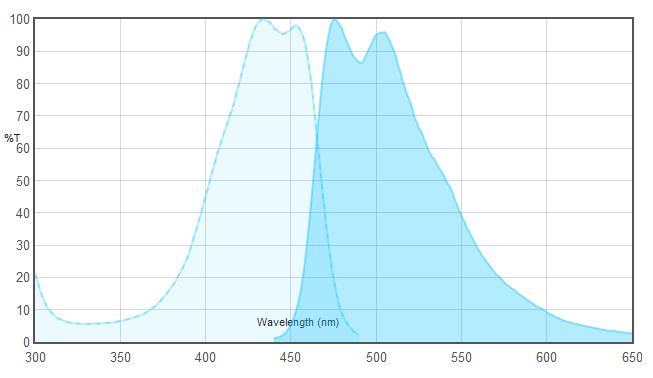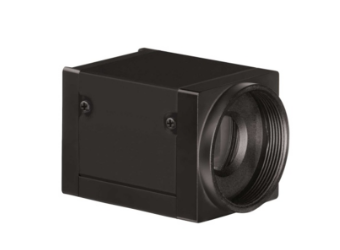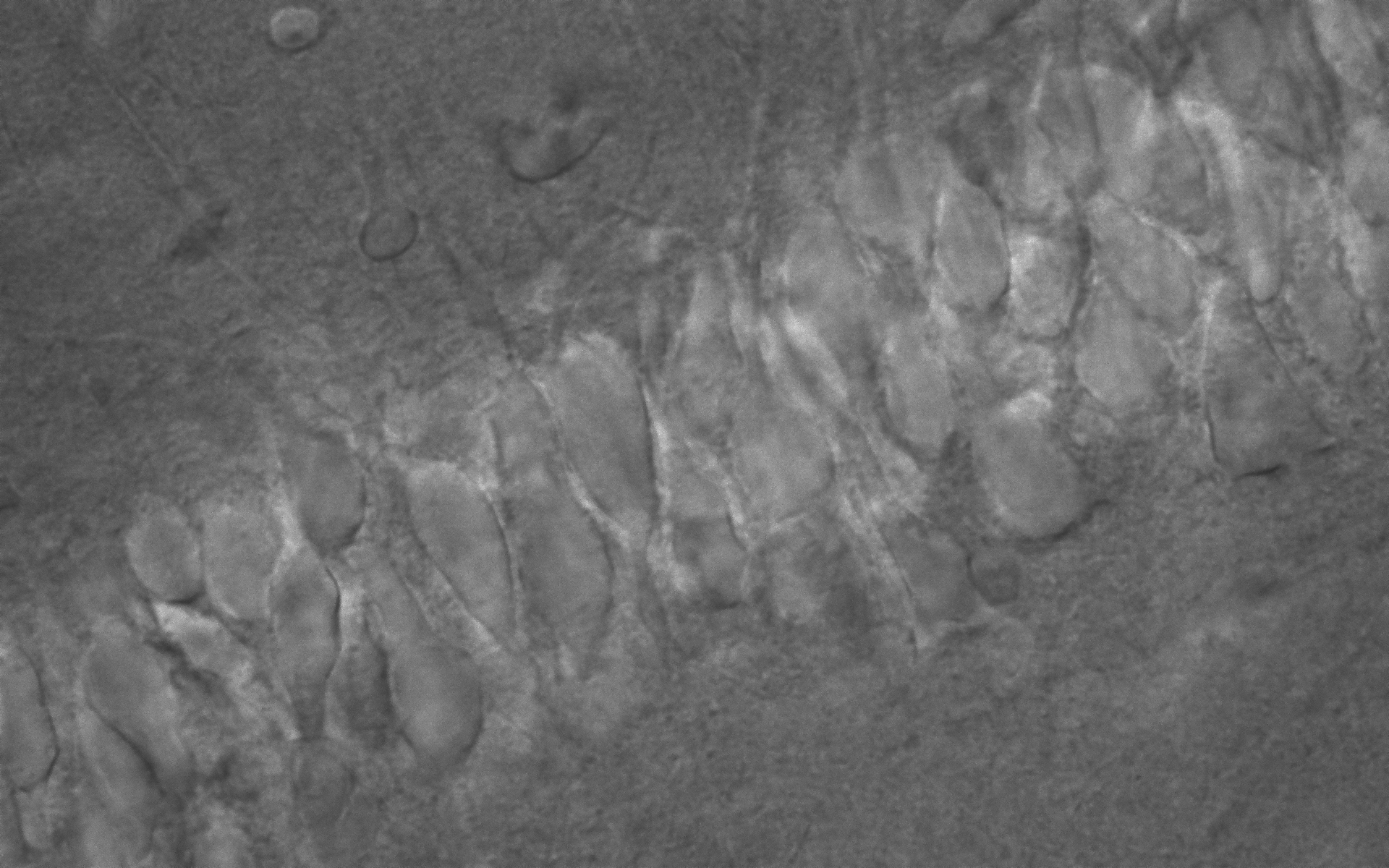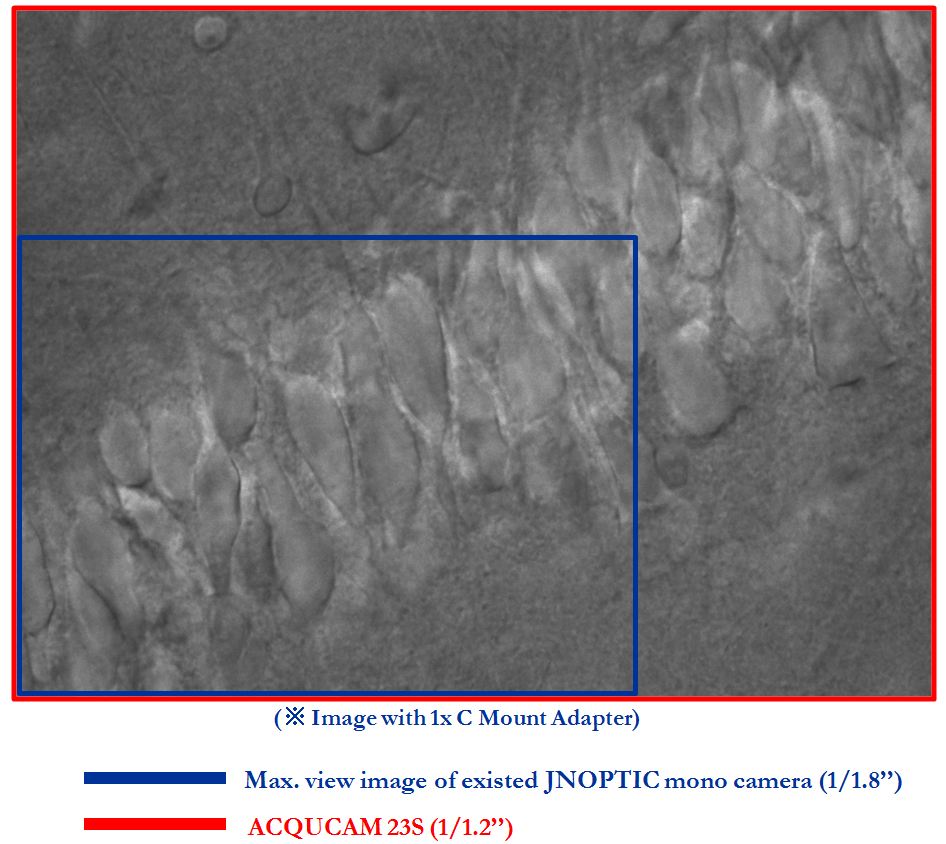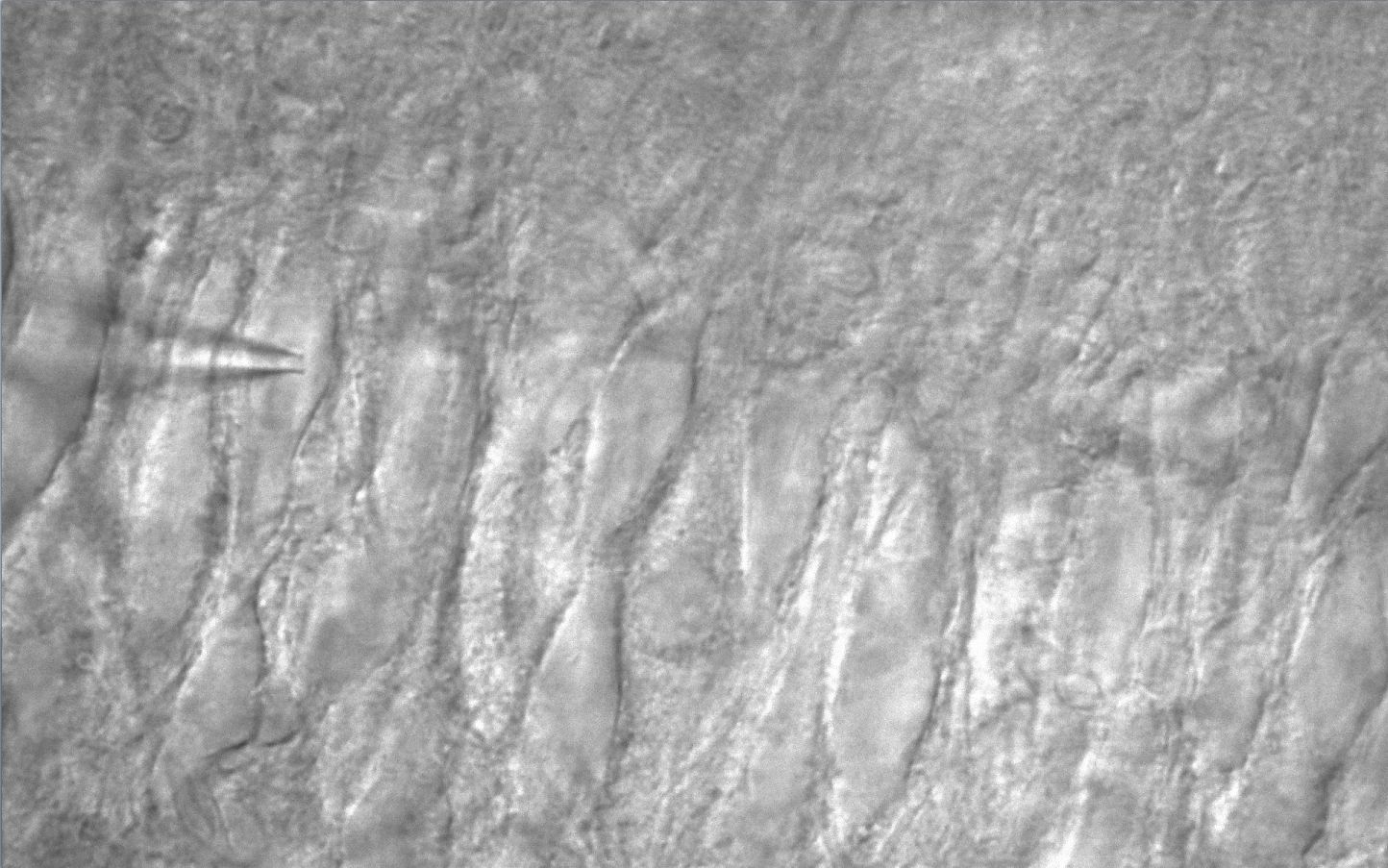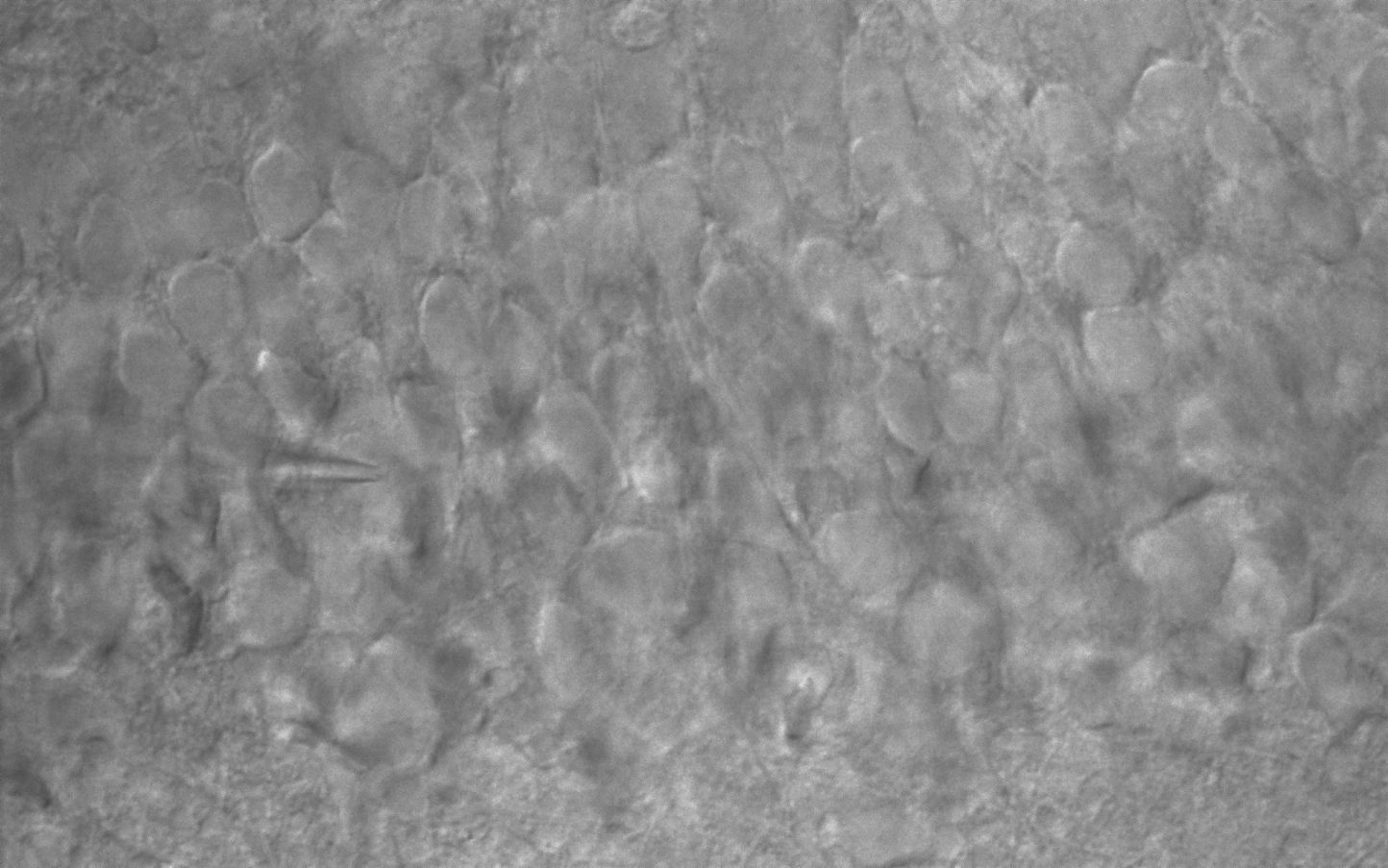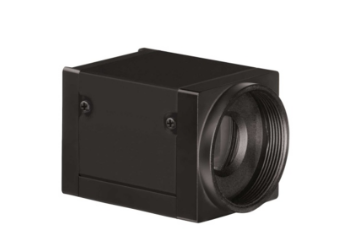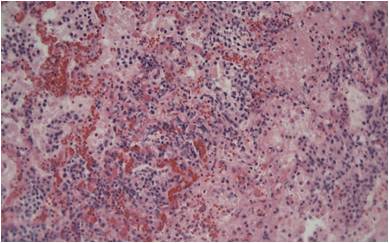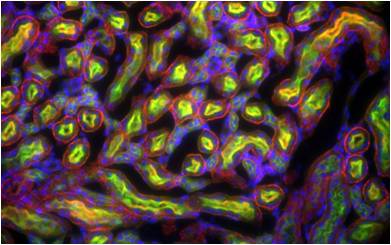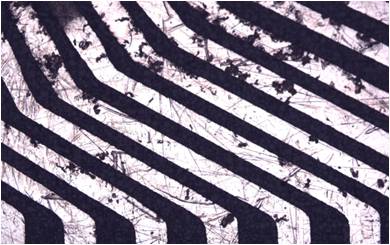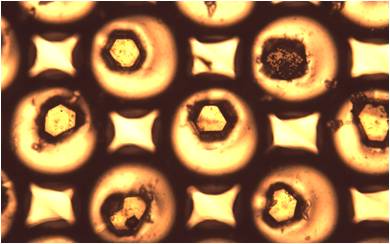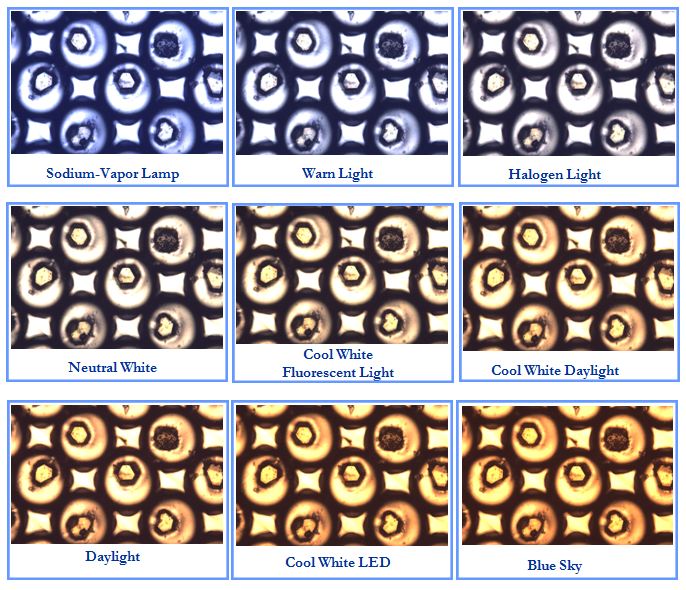Spectrum Chart

| Excitation (㎚) | Emission (㎚) |
| 520 | 603 |
Recommended Filter set for for EtBr
-
일반 형광 Lighting source
| Filter Model No. | Excitation filter (㎚) | Dichroic mirror (㎚) | Emission filter (㎚) | Remarks |
| 39009 | 480/30 (465~495) |
505 (LP) | 620/60 (590~650) |
Medium Excitation band, Bandpass Emission |
| 49005 | 545/30 (530~560) |
570 (LP) | 620/60 (590~650) |
Medium Excitation band, Bandpass Emission |
-
레이저 Lighting source -> 문의 주시기 바랍니다.
Information
As with most fluorescent compounds, ethidium bromide is aromatic. Its core heterocyclic moiety is generically known as a phenanthridine, an isomer of which is the fluorescent dye acridine. Absorption maxima of EtBr in aqueous solution are at 210 ㎚ and 285 ㎚, which correspond to ultraviolet light. As a result of this excitation, EtBr emits orange light with wavelength 605 ㎚.
대부분의 형광 화합물과 마찬가지로 에티듐 브로마이드는 방향족으로 중심 헤테로시 클릭 잔기는 페난 트리 딘으로 일반적으로 알려져 있으며, 이의 이성질체는 형광 염료 아 크리 딘입니다. 수용액에서의 EtBr의 흡수 최대 값은 210 ㎚ 와 285 ㎚ 에서 자외선에 해당하며 이 여기의 결과로 EtBr은 파장 605 ㎚ 의 주황색 광을 방출합니다.


